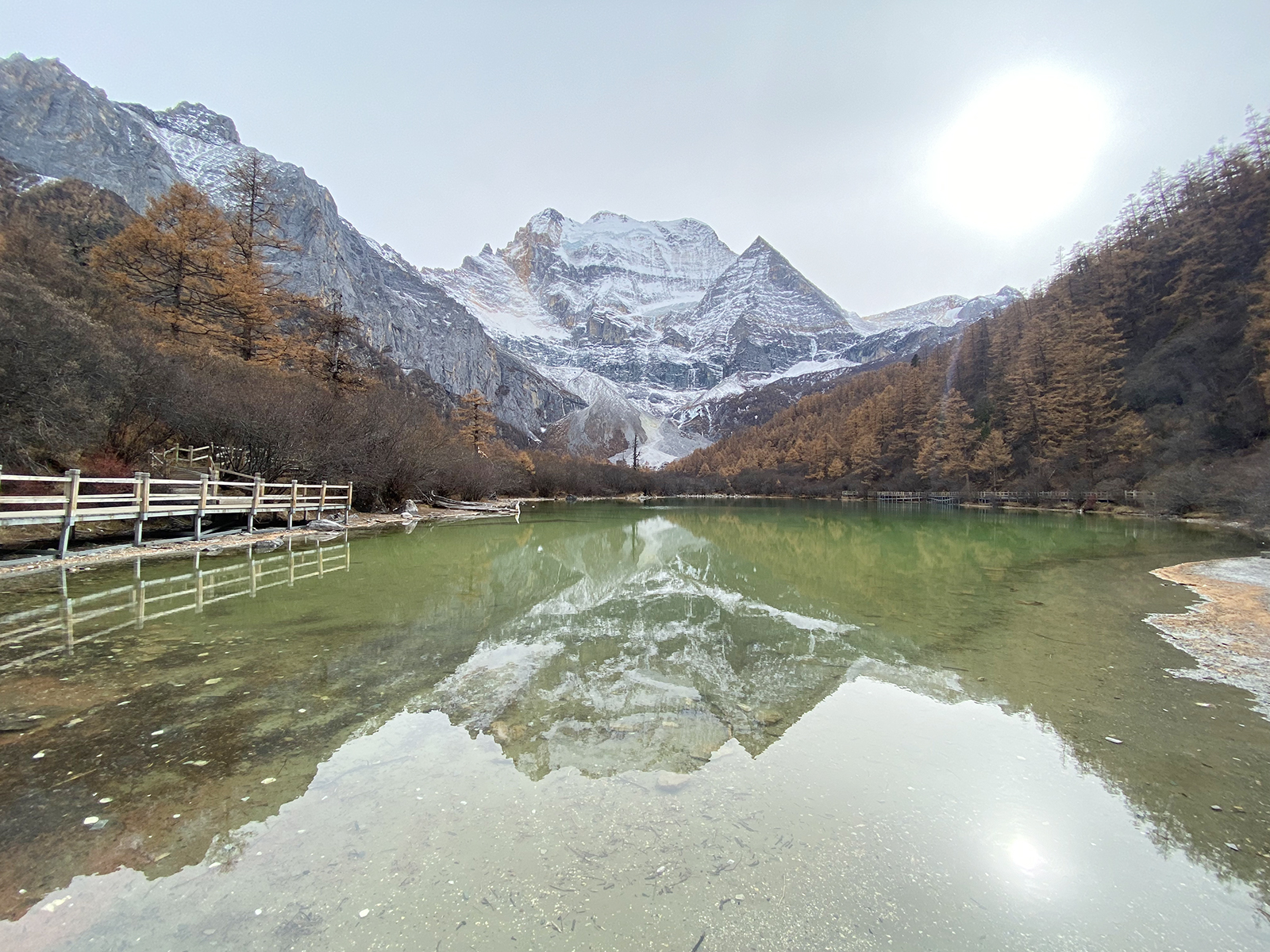
At 6,032 meters, Xiannairi is the highest peak of the three sacred snow-capped mountains at Daocheng Yading Nature Reserve, where its inverted reflection is seen in the waters of Zhuoma La Lake in Ganzi, Sichuan. /CGTN
At 6,032 meters, Xiannairi is the highest peak of the three sacred snow-capped mountains at Daocheng Yading Nature Reserve, where its inverted reflection is seen in the waters of Zhuoma La Lake in Ganzi, Sichuan. /CGTN
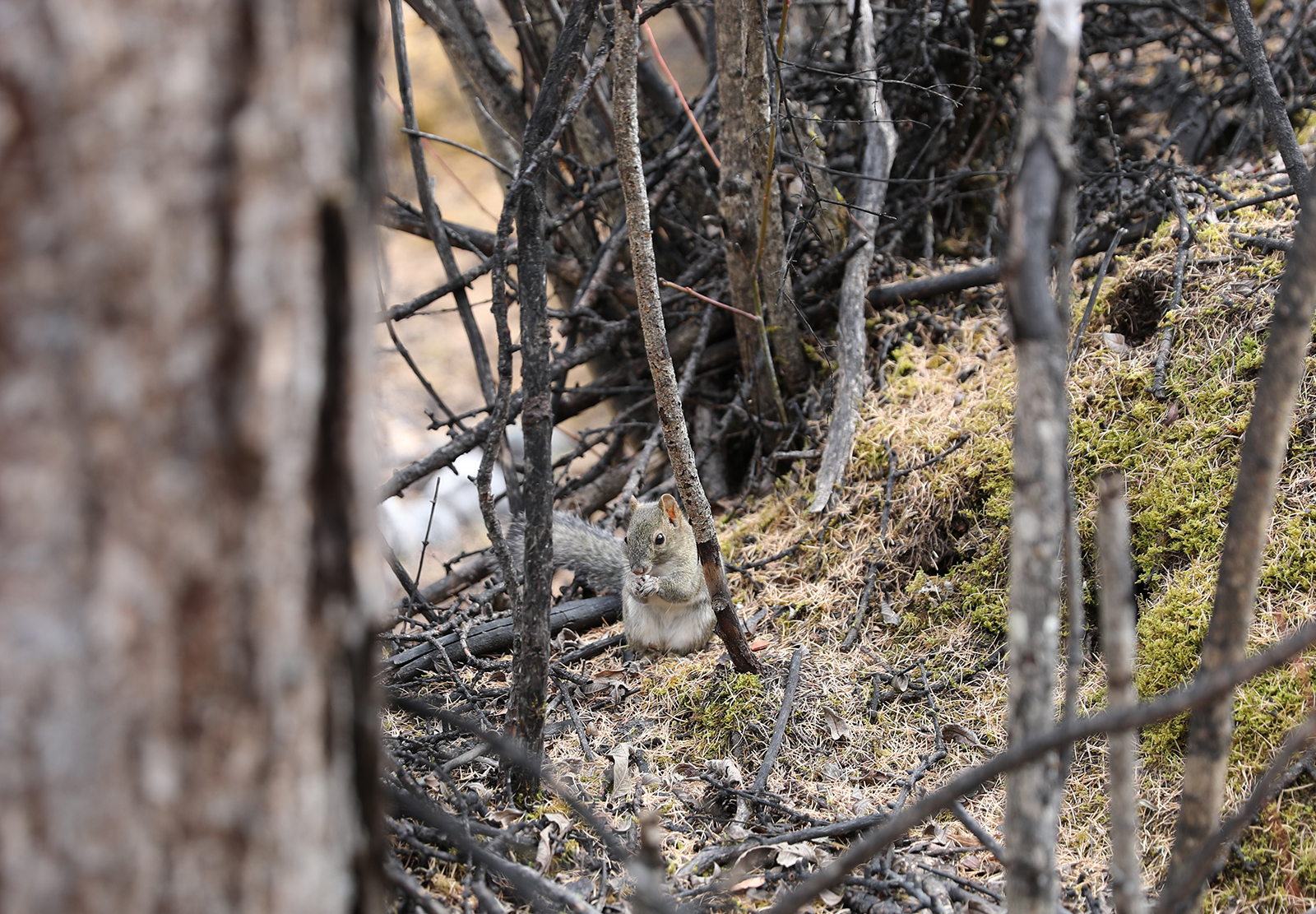
A squirrel is spotted at Daocheng Yading Nature Reserve in Ganzi, Sichuan. /CGTN
A squirrel is spotted at Daocheng Yading Nature Reserve in Ganzi, Sichuan. /CGTN
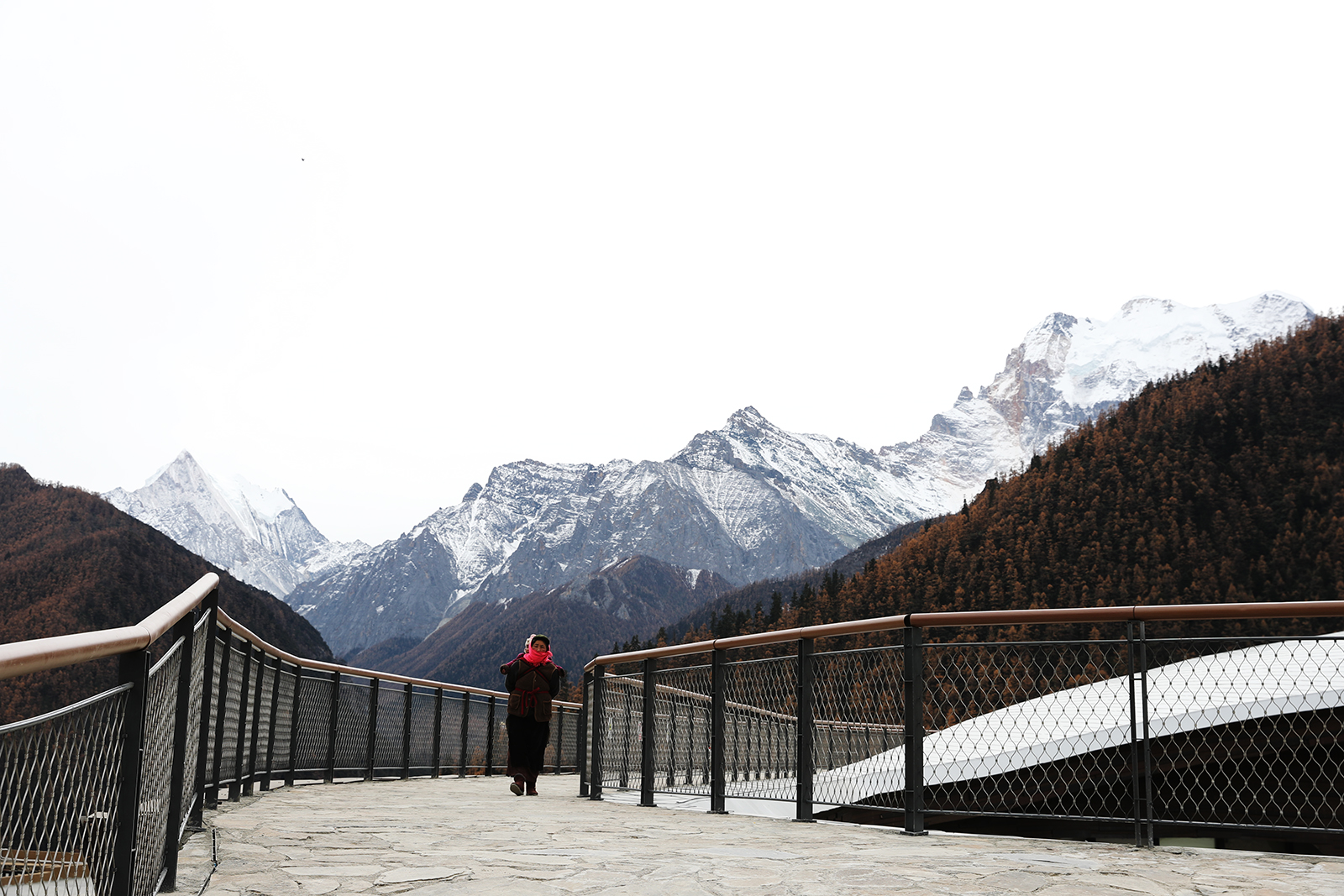
A Tibetan woman carries her child on a walk through Yading Village set against the backdrop of snow-capped mountains at Daocheng Yading Nature Reserve in Ganzi, Sichuan. /CGTN
A Tibetan woman carries her child on a walk through Yading Village set against the backdrop of snow-capped mountains at Daocheng Yading Nature Reserve in Ganzi, Sichuan. /CGTN
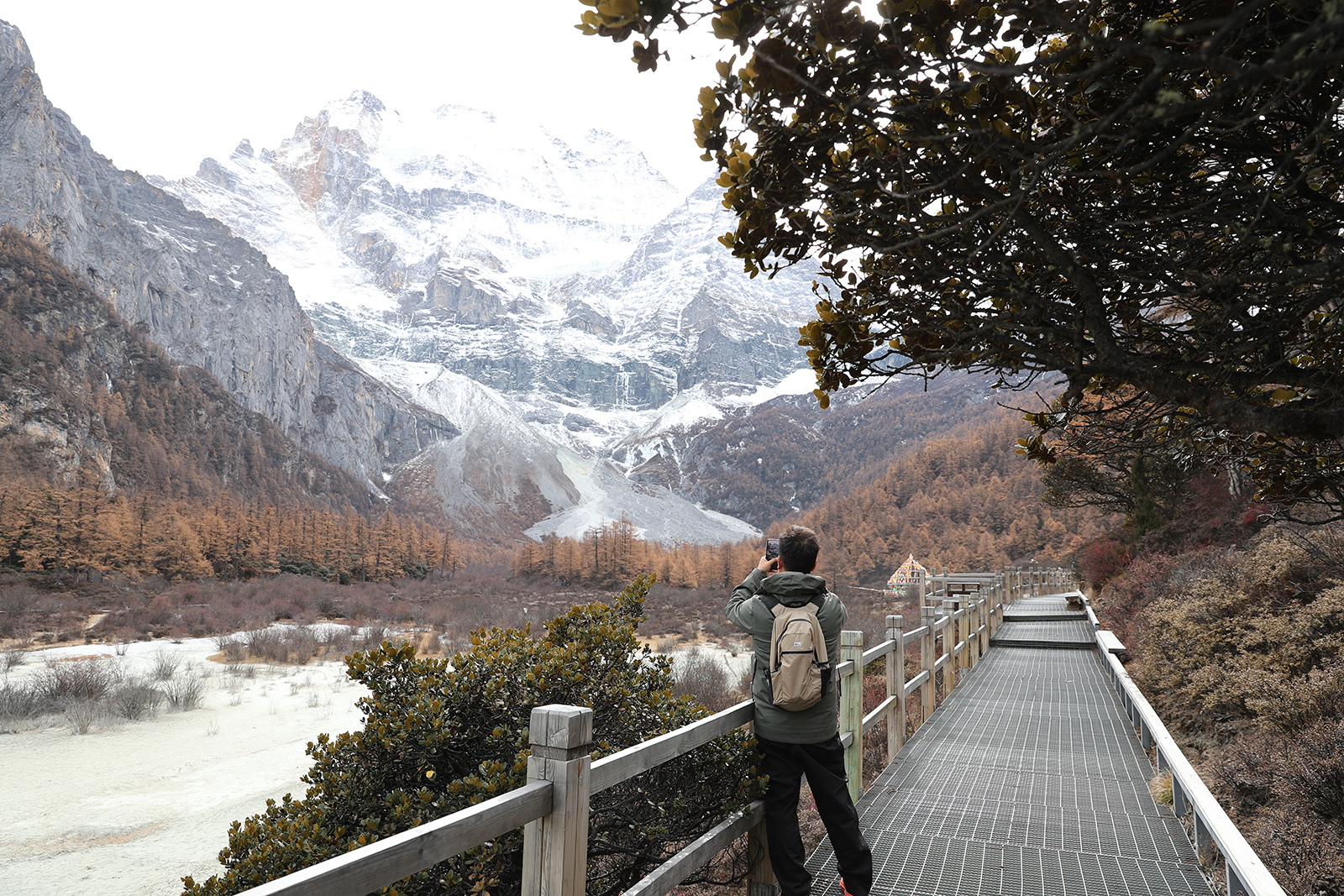
A tourist takes photos of Xiannairi, one of the snow-capped mountains at Daocheng Yading Nature Reserve in Ganzi, Sichuan. /CGTN
A tourist takes photos of Xiannairi, one of the snow-capped mountains at Daocheng Yading Nature Reserve in Ganzi, Sichuan. /CGTN
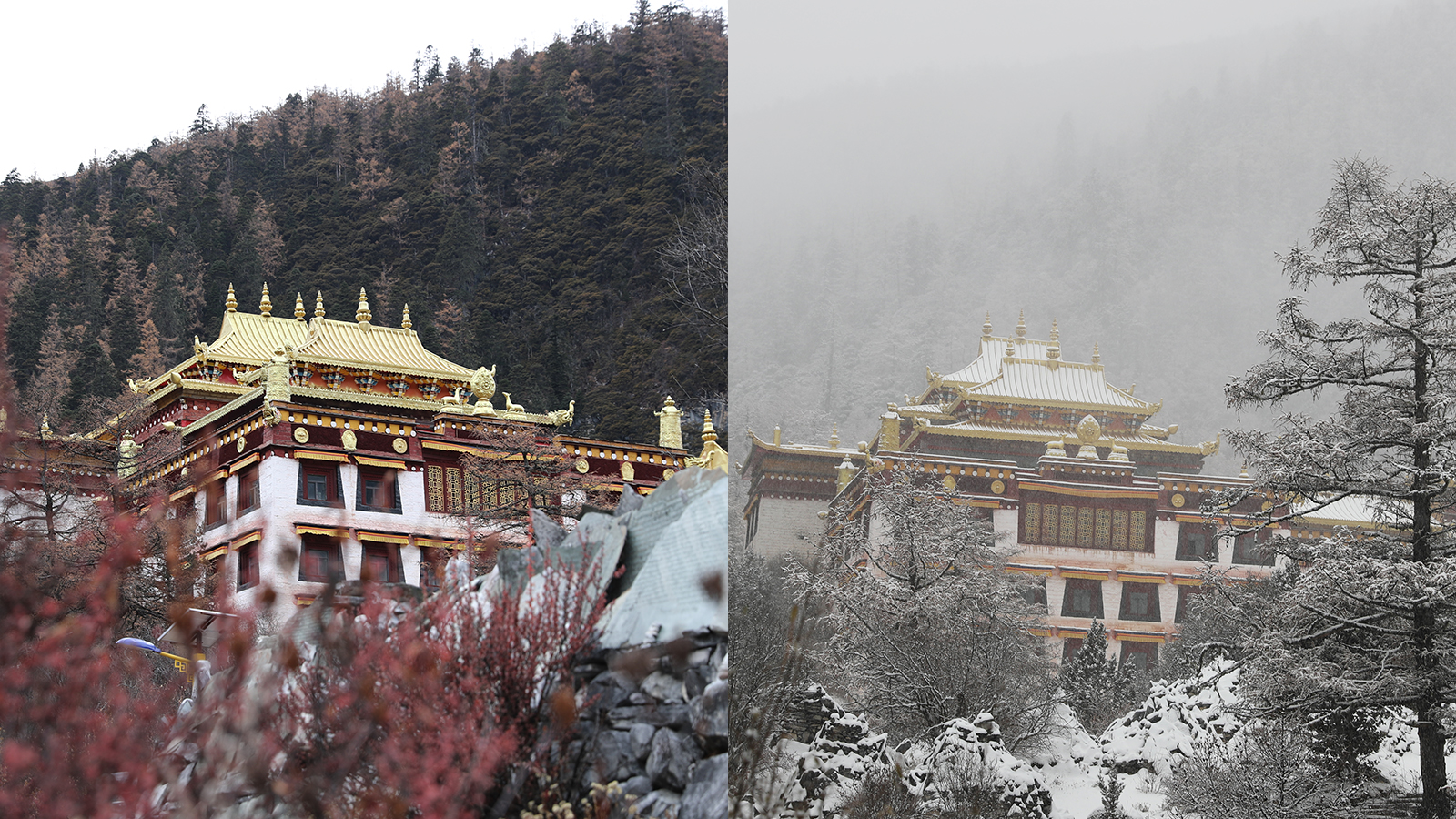
Chonggu Temple, a Tibetan Buddhism temple at Daocheng Yading Nature Reserve in Ganzi, Sichuan, is seen before (left) and after snow. /CGTN
Chonggu Temple, a Tibetan Buddhism temple at Daocheng Yading Nature Reserve in Ganzi, Sichuan, is seen before (left) and after snow. /CGTN
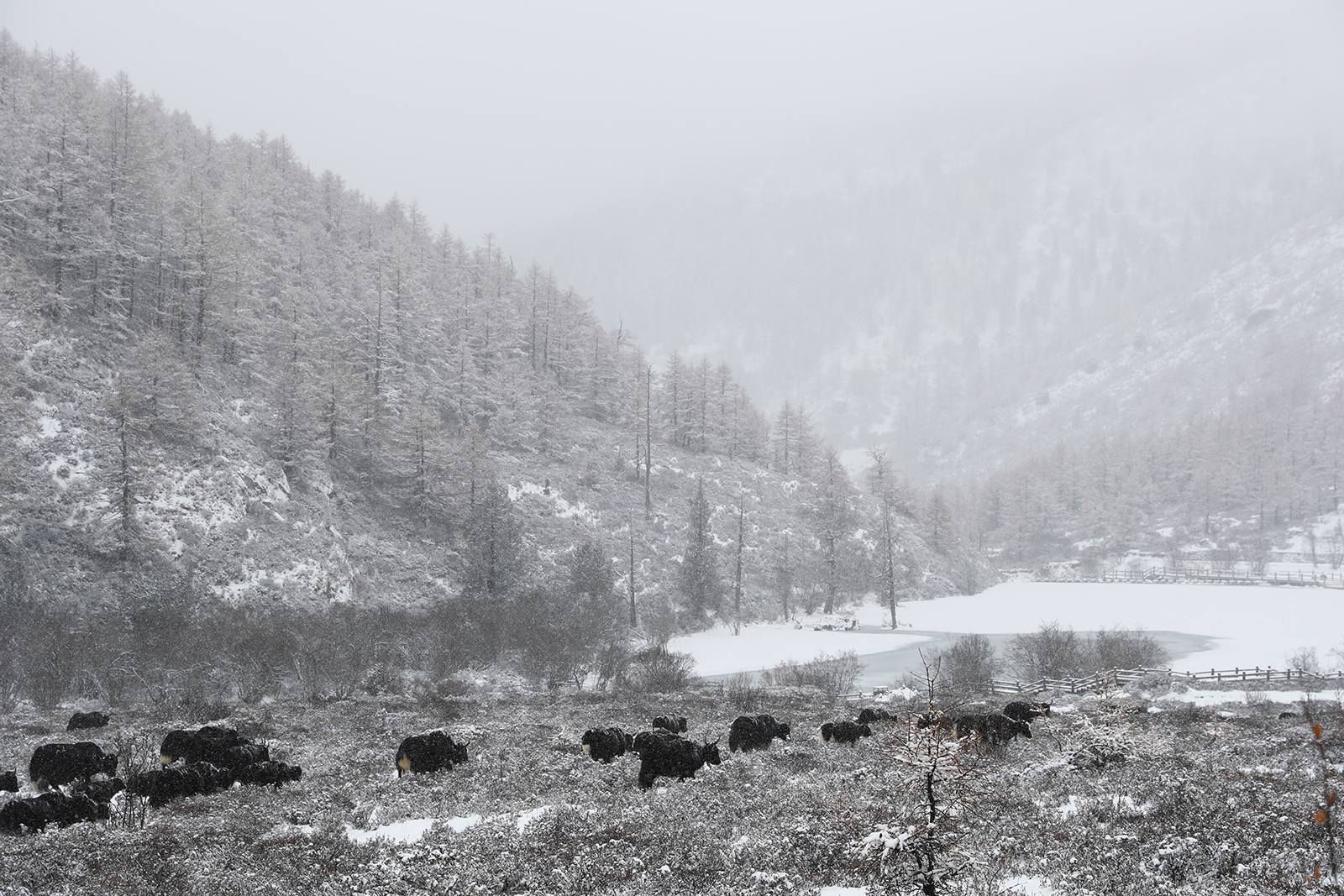
Yaks graze on an alpine meadow at Daocheng Yading Nature Reserve in Ganzi, Sichuan. /CGTN
Yaks graze on an alpine meadow at Daocheng Yading Nature Reserve in Ganzi, Sichuan. /CGTN
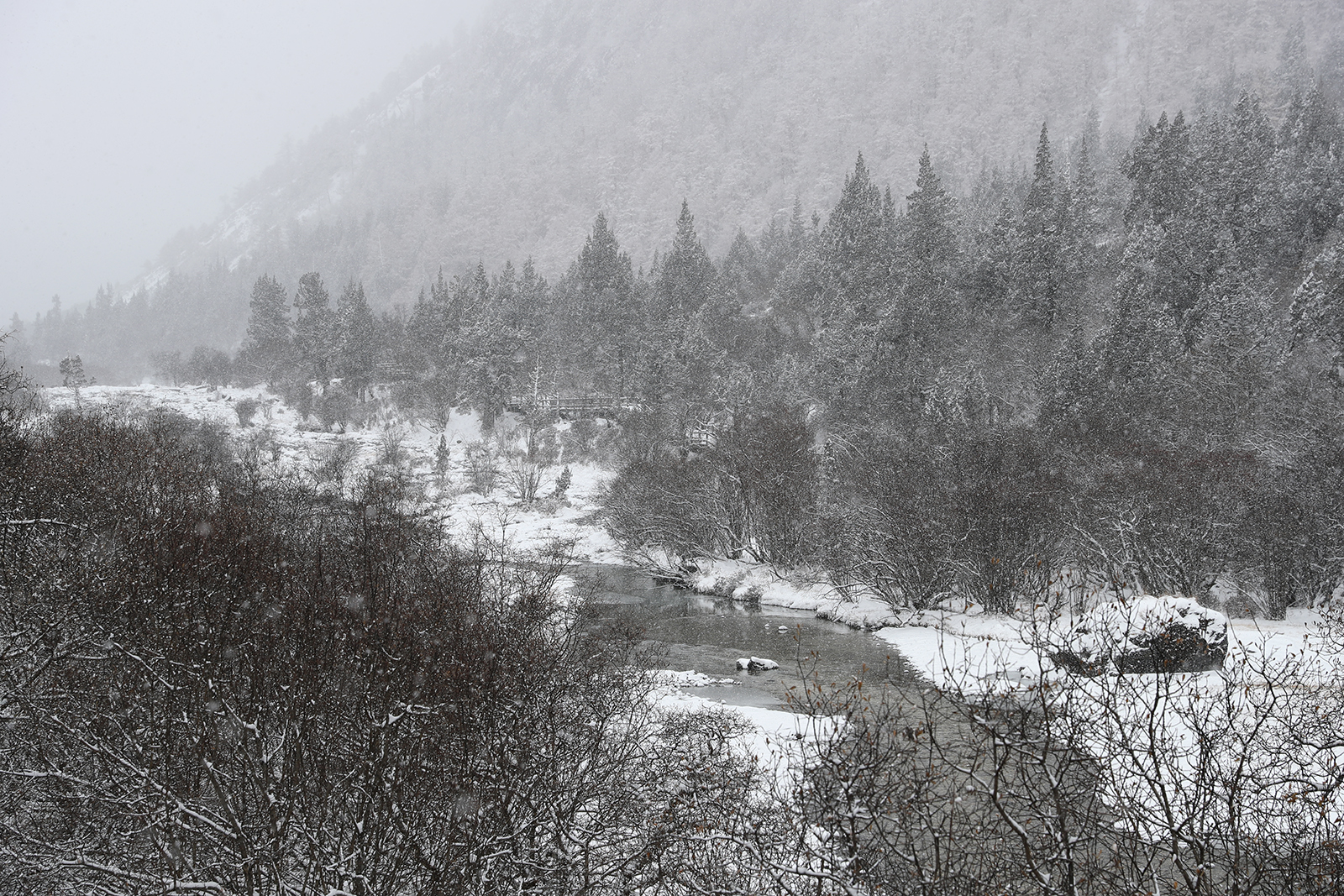
A view of Daocheng Yading Nature Reserve in Ganzi, Sichuan, after snow. /CGTN
A view of Daocheng Yading Nature Reserve in Ganzi, Sichuan, after snow. /CGTN
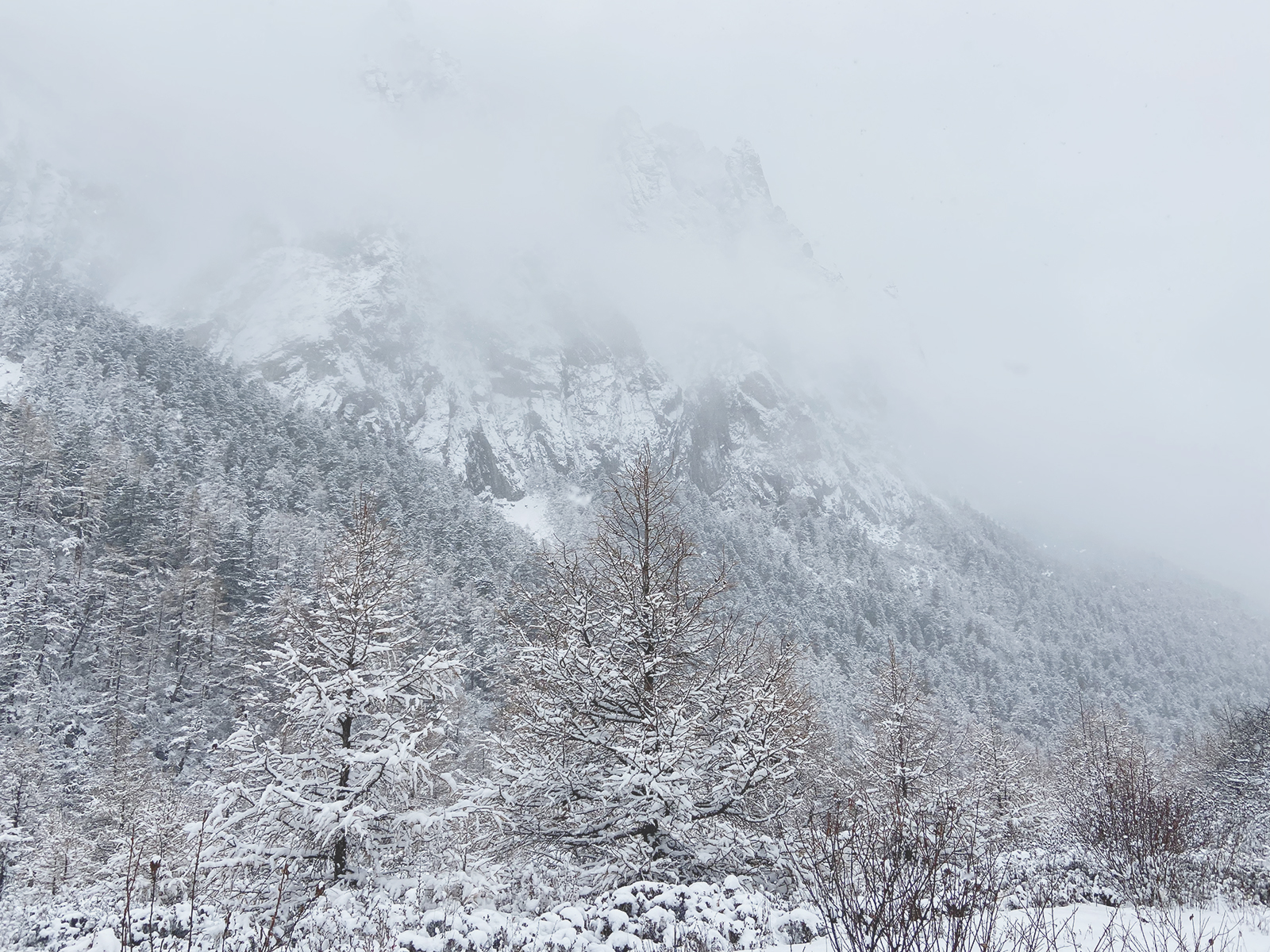
A view of Daocheng Yading Nature Reserve in Ganzi, Sichuan, after snow. /CGTN
A view of Daocheng Yading Nature Reserve in Ganzi, Sichuan, after snow. /CGTN
Boasting pristine landscapes, primitive ecological environment and unique Tibetan culture, the Daocheng Yading Nature Reserve in Ganzi, Sichuan, is as much a paradise for locals and travelers as it is for the wildlife that inhabits it.
Located at altitudes between 2,900 and 6,032 meters in the east of the Qinghai-Xizang Plateau, the area features three sacred snow-capped mountains, as well as crystal-clear lakes and forested valleys.
Although autumn is often considered the best time to visit Daocheng Yading, the nature reserve offers pleasant and ever-changing scenery throughout the different seasons.
The Tibetan aspect of the region – the architecture, clothes, ethnic customs and folk arts – is another star attraction for many tourists.
The area is also an ideal habitat for wildlife, where more than 1,400 species of flora and fauna live in the mountain sanctuary.
Daocheng Yading became known in the West after Austrian-American explorer Joseph Rock visited it on two occasions during the 1920s and published his experiences in the “National Geographic” magazine.
Nowadays, the scenic area attracts hundreds of thousands of visitors from both China and the rest of the world every year despite the risk of altitude sickness.









